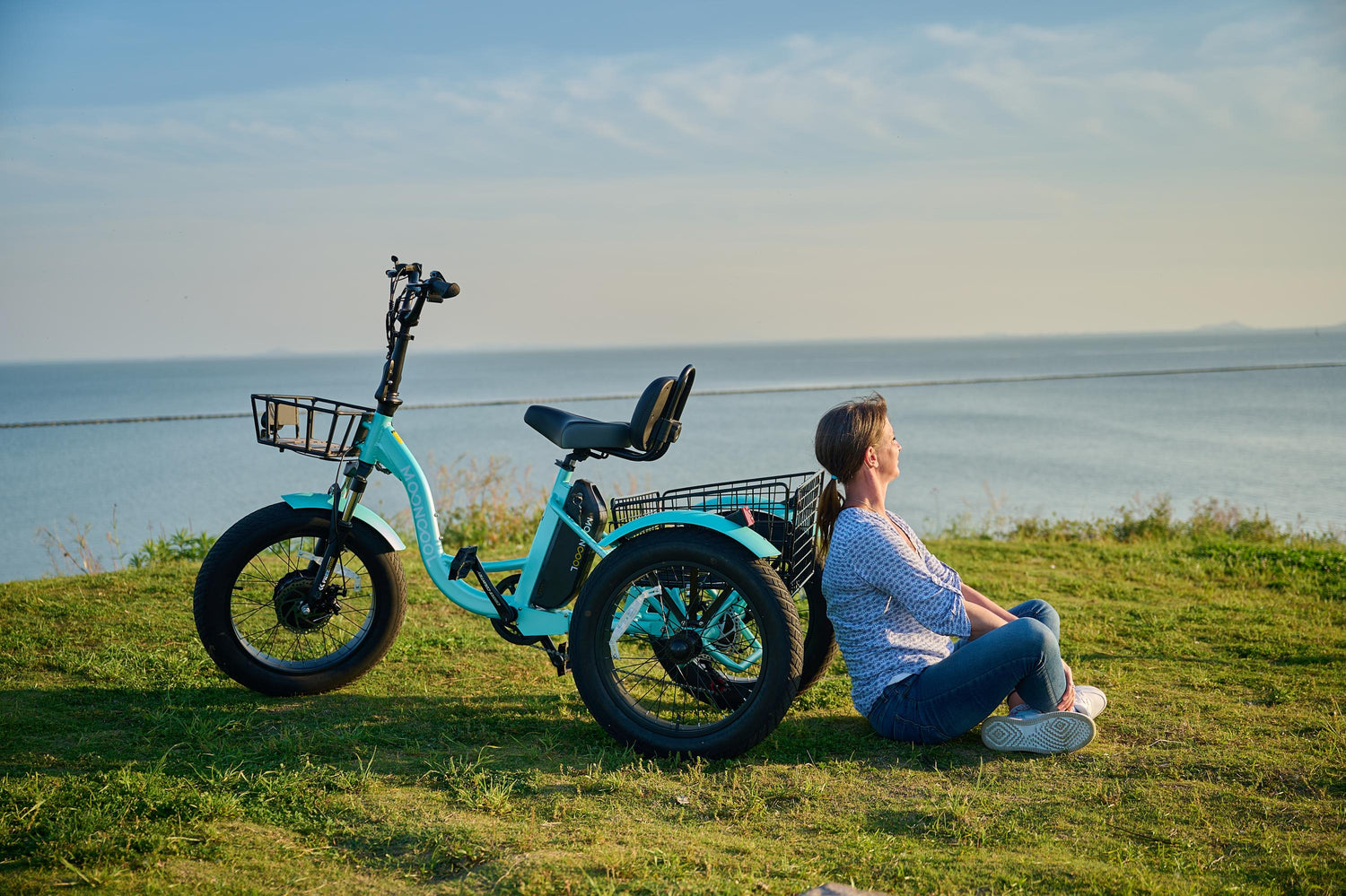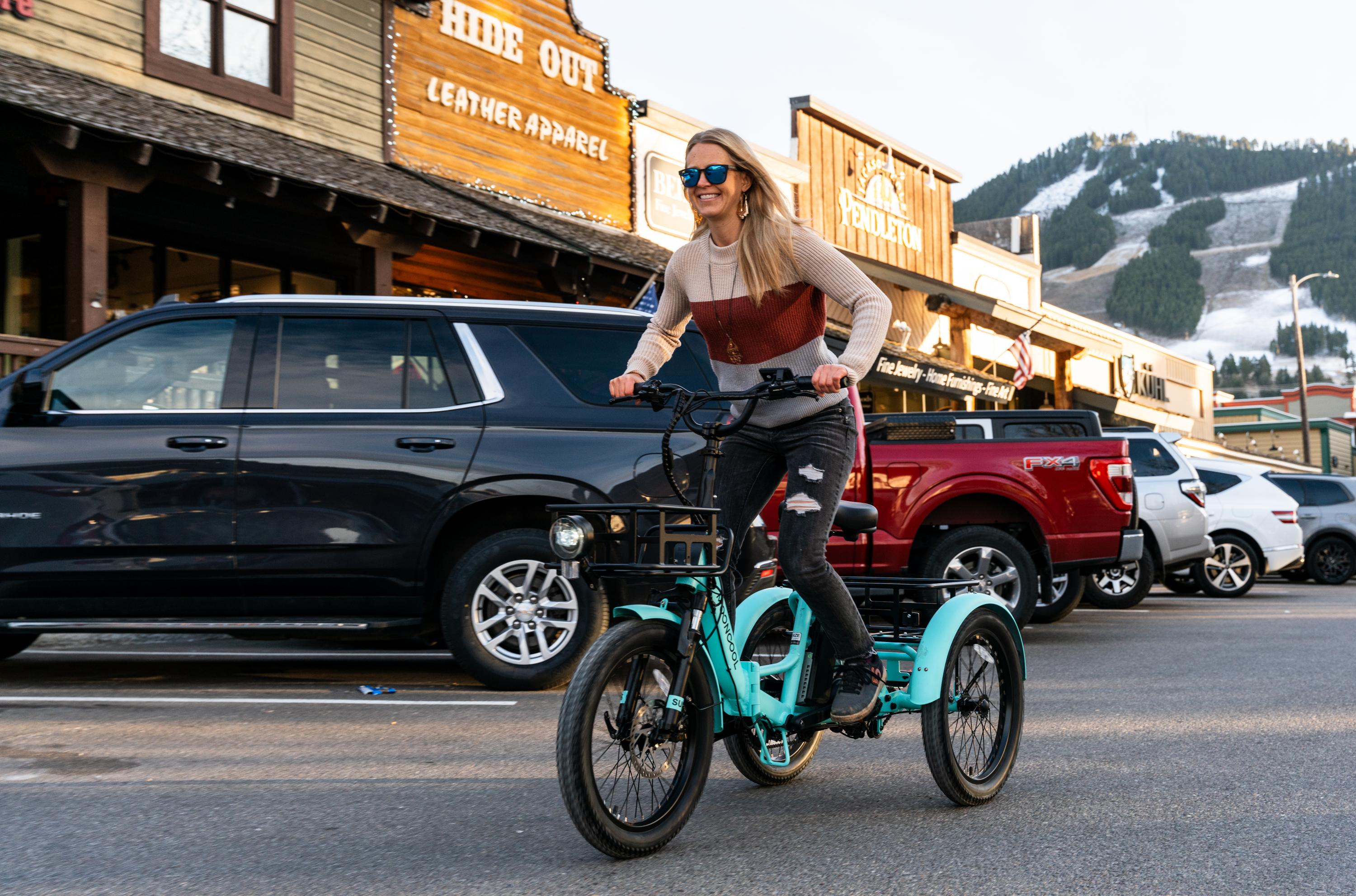Electric trikes have evolved from rudimentary prototypes to sophisticated, user-friendly modes of transport, unlocking the potential of electric powered mobility for more people. Looking back at the historical progress of electric trike design gives a good picture of how technology and innovations have improved these unique vehicles. In this article, we will look back at early designs and see how they compare to their modern counterparts and what the future holds.
Early Innovations
The idea of electric trikes has existed since the late 19th and early 20th centuries. As you can imagine, the early designs were primitive and often resembled modified bicycles with an added wheel for stability. These electric trikes were propelled by rudimentary electric motors powered by lead-acid batteries. The result was limited range and power; however, even with these limitations, these early models laid the groundwork for the fantastic models we have today.

Key Inventors And Milestones
The electric trikes' history started with pioneers such as Ogden Bolton Jr. and Hosea W. Libbey. These guys significantly contributed to early electric vehicle technology. For example, Bolton filed a patent for an electric bicycle in 1895, while Libbey created a dual-motor design. The work of these inventors gave us the basic framework for integrating electric power into tricycle design marking the beginning of electric trikes' history.

Technological Advancements
Electric motor and battery technology gradually improved in the early 20th century, allowing electric power to be integrated into more applications. This time saw the introduction of brushless DC motors and improvements in battery chemistry, which improved power and efficiency. For electric trikes, this meant you could ride longer and faster and enjoy better overall performance.
Battery technology has always been a critical factor in the development of electric trikes. Early lead-acid batteries were heavy and inefficient, but they were soon replaced by more efficient nickel-cadmium (NiCd) and nickel metal hydride (NiMH) batteries. However, the most significant advancement in battery technology was the introduction of lithium-ion batteries. These are what you would see on most electric trikes and bikes these days, as they offer superior energy density, are much lighter, and have longer lifespans.

Modern Design Trends
Today's electric trikes use the same principle as those early models. However, engineers have taken advantage of the technology available to them and integrated advanced engineering and design principles. You'll notice that modern electric trike designs focus on ergonomics, comfort, and style. But they are also incredibly user-friendly thanks to low step-through frames, adjustable seats, and handlebars, making them ideal for a wide range of users, including those with mobility issues. The frames are often made from lightweight materials like aluminum and carbon fiber, which also add to comfort, efficiency, and maneuverability.
But there are electric trike brands now that also use digital technology to enhance the user experience. Higher-end trikes incorporate features such as GPS navigation, smartphone connectivity, and advanced battery management systems as standard. These features not only improve functionality but also give you real-time data on performance and battery health and help you plan the optimum route.
Modern electric trikes can be quite varied, as manufacturers create multiple products to suit different needs and desires. For example, some electric trikes have a contemporary style, while others look quite traditional but still have modern technology and features integrated into them. You will also come across electric trikes with various uses.
Electric trikes with powerful motors and large batteries are excellent for carrying heavy weight and transporting cargo. Some electric trikes have folding frames, like the Mooncool TK1, which solves the common problem of transporting and storing the normally bulky electric trike. There is also a fat tire version, which provides extra grip and comfort, perfect for riding on uneven surfaces and for those who want more stability.

Emerging Trends and Future Directions
Even with this incredible amount of innovation, electric trike manufacturers are still looking for ways to enhance their product's user experience. Many of these innovations will trickle down from high-end electric road and mountain bikes. For example, automatic gearshifting may become commonplace. Also, you may find electric trikes with C-V2X (Communication Vehicle-to-Everything). This is a technology currently under development that has the potential to improve your safety through 5G deployment by making the rider visible to other road users.
We will also see more electric trikes becoming smart. They will be capable of receiving and sending data using a mobile application, allowing the manufacturer to help each owner protect their electric trike. This will be done through real-time Geolocation notifications and alarms in the event of suspicious movements. The manufacturer will also be able to send you maintenance tips and reminders to keep your electric trike in top working condition. This service will give trike owners an element of reassurance while enabling the brand to stay within the minds of its customers.
In addition to all this, we will undoubtedly see batteries become smaller, lighter, and more efficient. This will extend the range and open up opportunities to make more stylish electric trikes, as the battery would be more discrete. Weight savings will also come from innovations in frame material and designs, enhancing both performance and user experience.

Conclusion
Historic progress in electric trike design is a fascinating journey that mirrors the story of more traditional electric bikes. Engineers have exploited technological innovation and used creative problem-solving to create high-performing trikes that can be used in real-world situations. This has been done with meticulous experimentation with electric motors and various types of batteries, making incremental positive steps each time.
Reflecting on the journey highlights the incredible progress made in electric trike design. But it is also exciting to think about the potential for future advancements. Technology will always evolve and find its way into more aspects of our lives in ways many of us just can't quite comprehend just yet. Electric trikes will undoubtedly become integral to sustainable urban transportation, allowing people to get around efficiently while having fun and being environmentally friendly.















Leave a Comment
This site is protected by hCaptcha and the hCaptcha Privacy Policy and Terms of Service apply.